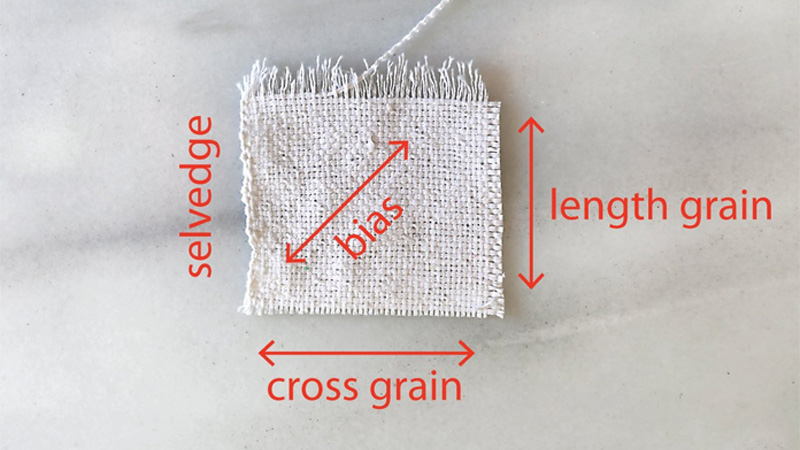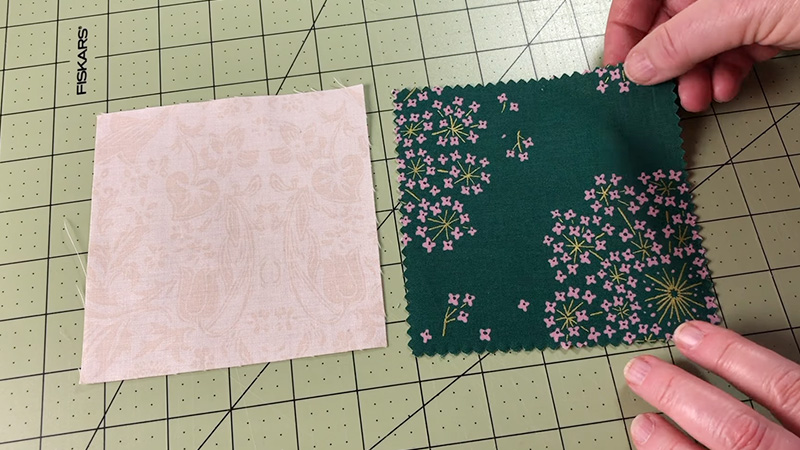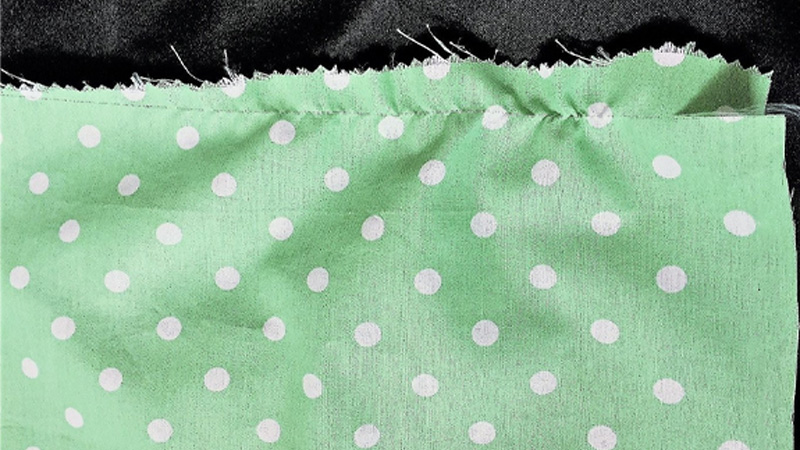Do you want to be a sewing expert? Better to get started with the fabrics first.
Experts say every fabric you craft delivers a message. You only need to understand it to place the pattern pieces right where it fits. Fabric Grainline is such a term.
It will help you understand how your garment will behave after you cut it!
Beginners should learn Fabric Grainline first. Why is it so important? Let’s figure it out today!

What Is Fabric Grainline?
In simple words, fabric grainlines guide us to make all sides of the fabric look even. It refers to the direction in which the threads or yarns are woven or knitted together to create a piece of fabric.
Grains are not limited to one kind. There are three kinds of fabric grains.
- Straight Grain Or, Lengthwise Grain
- Cross Grain
- True Bias Grain
Let’s get the details below.
The Straight Grain
It is one of the key components of fabric grainline. You can say, that straight grain is a combination of the other two types of fabric grains – crosswise grain and the bias grain.
Straight Grain points out the direction that lies parallel to the selvage edge of the fabric. They are usually more woven.
To be more elaborate, the threads here, are parallel to the edge. You can have more stability with reduced stretch on the fabric with this grain.
Note: For your comprehension, the selvage is the finished edge of your fabric. It runs along the length of the fabric bolt.
The Cross Grain
In the crossgrain fabric, threads run along the width of the fabric – from one edge to another.
The straight grain runs parallel to the edge whereas the crossgrain is at 90 degrees to the straight grain. Following its alignment, we also call it the widthwise grain.
If you are looking for something more stretchy and okay with less stable strikes, indulge yourself with the cross-grain fabric.
True Bias
The last one is True Bias. Not perpendicular or parallel, the true bias is somewhere between the straight grain and the cross grain.
True bias lies at a 45-degree angle with the selvage edge and the perpendicular crosswise grain. Generally, it cuts across the fabric at a diagonal slant.
The fabrics you cut on the bias have the most stretch and drape. Look around you and you will notice several commercial uses of true bias grains including binding, curving, or other drapes in garments.
What Is Grainline on A Sewing Pattern?

Put simply, the grainline on a sewing pattern is a printed or marked line. It refers to the direction in which you should align a pattern piece with the fabric grain.
With grainline on a sewing pattern, you generally have an idea of how to cut the fabric so that, the straight grain can fit into (1) the center front and back, (2) below the arm center, (3) below the pan leg of the center front and in other alignments.
You can also adjust the bias grain and crosswise grain in the same way. Even though most often, the sewing pattern is maintained such that, the grain line mark is parallel to the edge of the fabric. You can follow this to cut the fabrics.
Why Does Fabric Grainline Matter So Much?

Fabric grainline matters significantly in the sewing and garment industry for the following reasons,
Nicely Fit Apparel
In order to make some well-fit garments, you should make sure that the pattern piece aligns nicely with the fabric grainline, especially if you don’t want to end up with twisted, distorted, or improper garments.
Mark that, you can ensure the right shape and alignment of the apparel with the straight grain.
Your Fabric Says It All
You might already know it! Different areas of a garment need different levels of stability and stretch.
As mentioned earlier, the lengthwise/ straight grain can typically offer more stability. It makes them ideal for straight seams at 90 degrees like center back or front seams.
On the other hand, cross-grain often works better for parts of the garment that need more stretch. Such as sleeves or waistbands. Thus, you have to be sincerely careful with grainline.
Mess up with grainline and you may end up with puckering, stretching, or distortion of seams.
Waste Reduction
Cut pattern pieces efficiently along the grainline and it will reduce fabric waste. Don’t randomly cut your fabric in a rush. It will result in irregular shape scraps. Instead, take time and follow the ideal grainline to organize your projects.
Get Ready for Sewing
There is no alternative to grainlines if you want to have clean and neat work. Be careful about the fabric grainlines first and it can help you effectively plan ahead and have a smooth sewing experience.
You shouldn’t place the pattern pieces against the fabric grain as it can disturb the harmony. Also, you may end up with uneven fabric.
Professional Look
Many sewing patterns include grainline markings to help place pattern pieces. You can follow the markings if it matches what you need. And, if it doesn’t, you can personalize your own.
Also, don’t forget that, grainlines are the fundamentals to getting professional garments, that not only fit well but also look pleasing.
In summary, if you don’t pay enough attention to fabric grainline, the outcomes might not be so good for you. Whether you are a beginner or an experienced sewer, practice the fundamentals of grainline to become a pro at sewing.
Last Words
It’s not a one-day job to become a sewing expert. You need to be patient and perseverant. One of the many guidelines of sewing is the Fabric Grainline, which is believed to be the fundamentals of sewing to this day!
We hope our article offered you the useful resources you needed to understand what fabric grainline is. Stay tuned with us. We offer regular guidelines and tips on sewing.
Also, don’t forget to share our article with your friends who need help with fabric grainline and let them know about us. Happy sewing!
Leave a Reply